Melina Guerra
Using Meta-Knowledge Mined from Identifiers to Improve Intent Recognition in Neuro-Symbolic Algorithms
Dec 16, 2020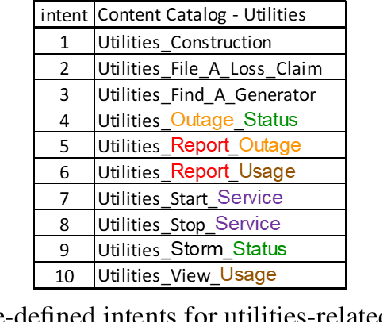
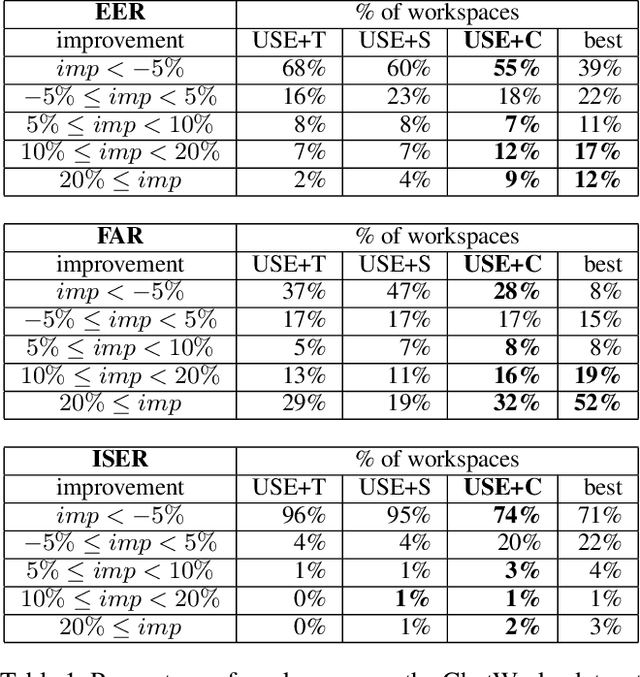
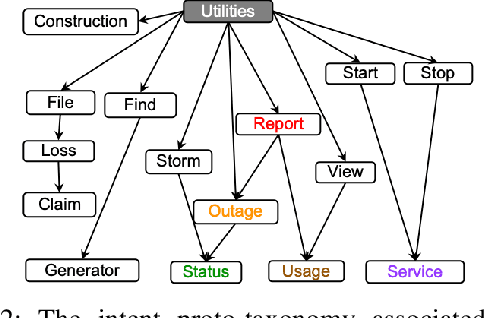
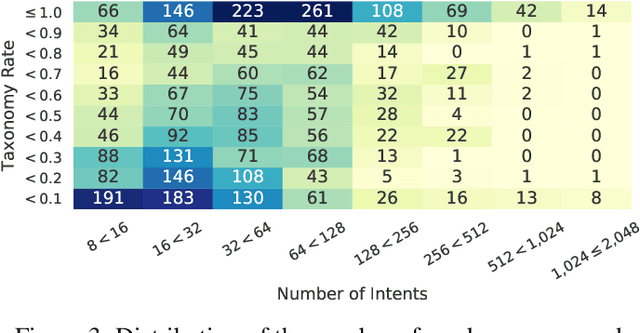
Abstract:In this paper we explore the use of meta-knowledge embedded in intent identifiers to improve intent recognition in conversational systems. As evidenced by the analysis of thousands of real-world chatbots and in interviews with professional chatbot curators, developers and domain experts tend to organize the set of chatbot intents by identifying them using proto-taxonomies, i.e., meta-knowledge connecting high-level, symbolic concepts shared across different intents. By using neuro-symbolic algorithms able to incorporate such proto-taxonomies to expand intent representation, we show that such mined meta-knowledge can improve accuracy in intent recognition. In a dataset with intents and example utterances from hundreds of professional chatbots, we saw improvements of more than 10% in the equal error rate (EER) in almost a third of the chatbots when we apply those algorithms in comparison to a baseline of the same algorithms without the meta-knowledge. The meta-knowledge proved to be even more relevant in detecting out-of-scope utterances, decreasing the false acceptance rate (FAR) in more than 20\% in about half of the chatbots. The experiments demonstrate that such symbolic meta-knowledge structures can be effectively mined and used by neuro-symbolic algorithms, apparently by incorporating into the learning process higher-level structures of the problem being solved. Based on these results, we also discuss how the use of mined meta-knowledge can be an answer for the challenge of knowledge acquisition in neuro-symbolic algorithms.
Different but Equal: Comparing User Collaboration with Digital Personal Assistants vs. Teams of Expert Agents
Aug 24, 2018
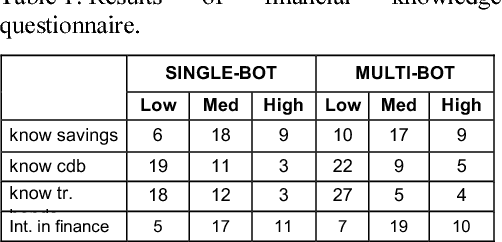
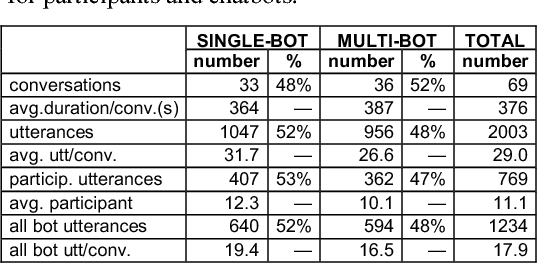
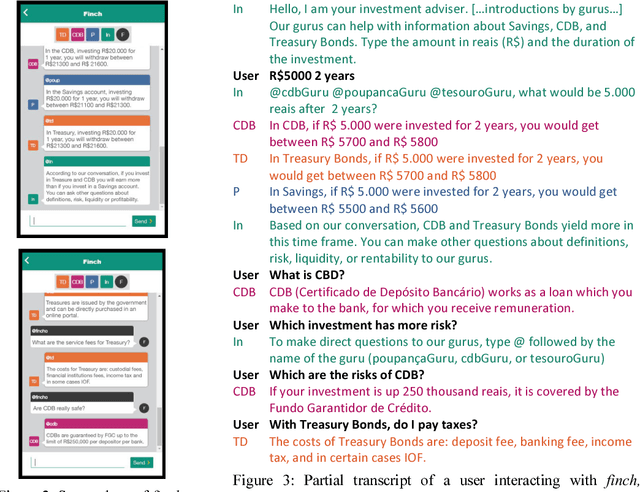
Abstract:This work compares user collaboration with conversational personal assistants vs. teams of expert chatbots. Two studies were performed to investigate whether each approach affects accomplishment of tasks and collaboration costs. Participants interacted with two equivalent financial advice chatbot systems, one composed of a single conversational adviser and the other based on a team of four experts chatbots. Results indicated that users had different forms of experiences but were equally able to achieve their goals. Contrary to the expected, there were evidences that in the teamwork situation that users were more able to predict agent behavior better and did not have an overhead to maintain common ground, indicating similar collaboration costs. The results point towards the feasibility of either of the two approaches for user collaboration with conversational agents.
 Add to Chrome
Add to Chrome Add to Firefox
Add to Firefox Add to Edge
Add to Edge